In 2023, employees are significantly more likely to save for their future when they have access to a retirement plan and financial advice sponsored by their company. With the recent passing of Secure 2.0, Congress has taken notice of the roadblocks many business owners face when considering offering benefits packages. The new legislation addresses this by expanding tax incentives.
But how do you find the plan and partner that meet your business’s specific needs? At Wymer Brownlee, we typically refer to “retirement planning” as “financial independence planning.” As a business owner, you have the power to positively impact your employees’ future financial security by offering retirement benefits, which can not only demonstrate your commitment to employees, but they also have the potential to increase employee loyalty, morale and productivity.
For qualified retirement plans, we can assist business owners every step of the way by offering advice on all aspects of your plan – assisting with its implementation and maintenance – and offering you additional business planning services.
The basics. Retirement plans are employee benefit plans established or maintained by an employer providing retirement or deferred income until termination of covered employment or beyond, according to the Department of Labor. When choosing a retirement plan that fits your business model, the future of your employees, and your own retirement – there are many options available.
Multiple options for your business. With a wide range of retirement models such as SEP IRAs, SIMPLE IRAs, 401(k) plans, 403(b) plans, 457(b) plans, and defined benefit/cash balance plans, your chosen partner should have a solution to meet the needs of almost any business. They should begin by deeply understanding your business goals and objectives so they can pair them with the most appropriate option for your unique situation.
Tax incentives for business owners and employees. By offering a benefits package, eligible employees can save money for retirement and receive tax benefits. There are typically two ways to save, depending on your plan.
- Pre-tax – Qualified employees can reduce their taxable income by participating in pre-tax contributions to a 401(k) plan. This will postpone the taxes that are due because the money is taxable when distributions are taken out of a retirement account.
- After-tax – Some plans give employees Roth options when contributing. You will eventually be able to take money out of this account, which will be tax-free because you paid the tax prior to contributing to the retirement account.
Business owners are also employees, so it’s critical to consider offering these plans as an incentive for your retirement and reducing your tax bill. Employers who set up a 401(k) for the first time may be eligible for some business tax credits through the SECURE Act (Setting Every Community Up from Retirement Enhancement) and Secure Act 2.0. In 2023, the new law will increase the credit to help with the administrative costs of setting up a retirement plan. The credit increases to 100% from 50% for businesses with less than 50 employees. By boosting the credit, lawmakers hope to remove one of the most significant barriers for small businesses offering a workplace plan.1
Retirement planning tailored to you. Your benefits package should be customized for your company, considering your financial objectives, income, tax liabilities, and other factors, to enhance your employees’ (and your own) sense of financial security. If you have yet to develop a retirement plan for your business, or if you’re not sure the plan you’ve chosen is the right one, there are many factors to consider.
As always, our team is here to answer questions and discuss retirement options and plan set up that are best for your business and employees.
Blog by Stephen O’Neill, Senior Wealth Advisor, Shareholder
Category: Financial Service Team




